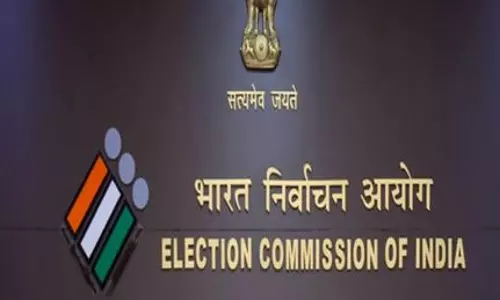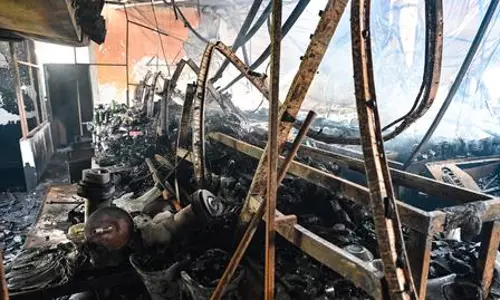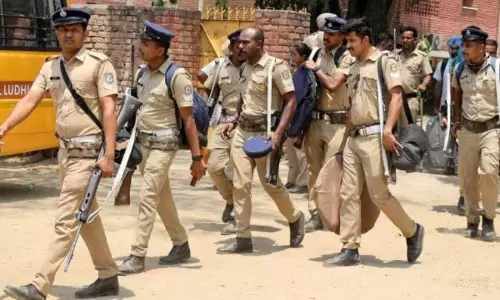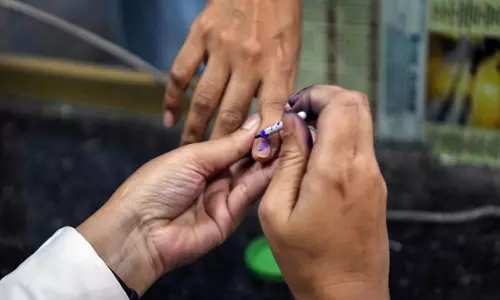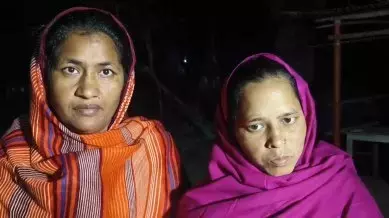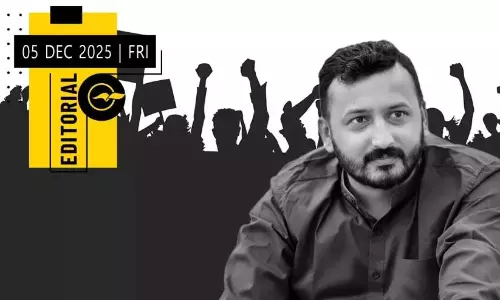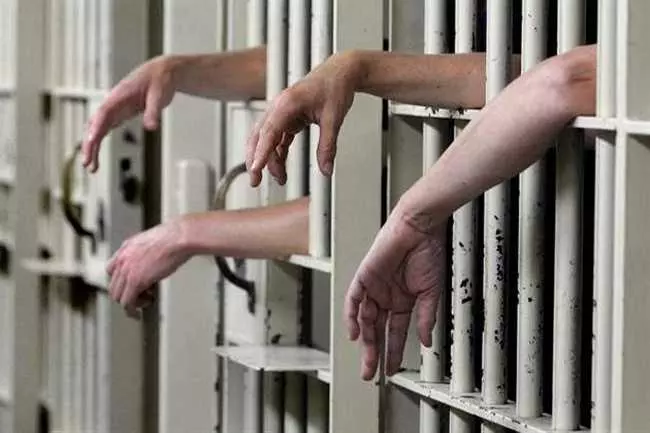
UP jails hold three times more undertrials than convicts: report
text_fieldsLucknow: The number of undertrails that outmatch the strength of convicts explains why jails in Utter Pradesh are overcrowded.
The prison department reports show that as of March 31, a total of 1,12,480 prisoners were lodged in 64 jails across the state.
A shocking 85,181 of them were undertrials whose strength was more than three times the strength of convicts (27,299).
Of the total undertrials, 78,152 were male, 3,291 female prisoners, 3,281 minors and 305 foreigners.
Besides, 400 children (186 boys and 214 girls) were also housed with undertrial women inmates.
The undertrials constitute nearly 76 per cent of the total jail population.
Nearly 850 of them have been behind bars for over 10 years without being pronounced guilty, the report said.
The Supreme Court, last week, had chided the Uttar Pradesh government for not taking steps for the release of undertrials jailed for more than 10 years despite the court's earlier directions.
The apex court also pulled up the Allahabad High Court for not deciding the bail petitions expeditiously.
Prime Minister Narendra Modi also urged the country's judiciary to speed up release of undertrials who were languishing in jails, awaiting legal aid.
Former Director General of Police Sulkan Singh, who previously served as IG (prison) and also heads a panel on prison reforms, said an increasing number of undertrials was a serious reflection on the judicial system.
"There are mainly two reasons for this situation. First, lower courts do not adhere to the legal doctrine of 'bail is the rule and jail is an exception', propounded by the Supreme Court long back. Second, cases are not decided expeditiously in courts," he said.
An amendment to the Criminal Procedure Code (CrPC) in 2008 provided that police would not arrest accused for any offence where the possible maximum sentence is seven years or less, unless cops have apprehensions that the accused may flee or intimidate witnesses etc.
The UP DGP office also circulated the amendment to the district police chiefs and others for compliance. The objective of the CrPC amendment was to save innocent people from being jailed and harassed but the same amendment was faulty, he said.
"The amended law requires the police to record reasons for arrest of an accused as well reasons for not arresting him," he pointed out.
"Because of this contradiction, police often unnecessarily arrest the accused to avoid charges being levelled against them," he added.
DIG (prison headquarters) Shailendra Maitreya said the data on the number of undertrials being in jails for offences with sentence up to seven years was not yet available but a good number of them in UP jails might belong to this category also.
Another statistical report on the prison population since 1901 shows that the number of undertrial prisoners always used to be lower than the number of convicts.
There were only 1,645 undertrials against 27,527 convicts in 1909. But the gap started narrowing down after Independence and the number of undertrials rose to 11,746 against 14,609 convicts in 1948.
In 1972, the population of undertrials (19,061) exceeded that of convicts (18,787) for the first time and the gap continues to widen since.
"The number of undertrials was lower earlier, especially during the British period, which shows justice was quick then," said a high court lawyer and added that "A fast-increasing number of undertrials is surely a travesty of justice."
IANS with edits





